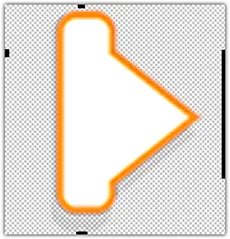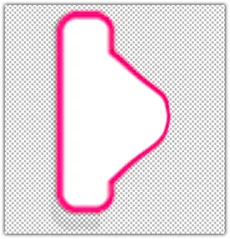我需要从drawable文件夹之外加载9-patch文件。这是为了让我的应用程序能够从服务器下载新的皮肤。我发现存储在drawable文件夹中的9-patch图像在制作.apk时被编译。但是,从assets文件夹读取的完全相同的文件没有9-patch块。因此,制作.apk的行为会将源9-patch文件编译到drawable文件夹中,但不会编译到assets目录中。
我如何自己编译9-patch文件,以便可以安装在assets目录中?是否有(批处理)工具可以将源文件转换为带有9-patch块的已编译版本?如果可能的话,我真的很想不必使用Eclipse / Ant构建.apk,然后拆开它以提取已编译的9-patch文件。
现在,我只想能够从assets目录中读取(例如,每个皮肤都有一个子目录),以保持简单。下一步是编译源图像以添加9-patch块。之后,我会考虑动态下载到/data文件夹-如果我无法编译9-patch文件,则添加服务器端的努力毫无意义。
我如何自己编译9-patch文件,以便可以安装在assets目录中?是否有(批处理)工具可以将源文件转换为带有9-patch块的已编译版本?如果可能的话,我真的很想不必使用Eclipse / Ant构建.apk,然后拆开它以提取已编译的9-patch文件。
现在,我只想能够从assets目录中读取(例如,每个皮肤都有一个子目录),以保持简单。下一步是编译源图像以添加9-patch块。之后,我会考虑动态下载到/data文件夹-如果我无法编译9-patch文件,则添加服务器端的努力毫无意义。

